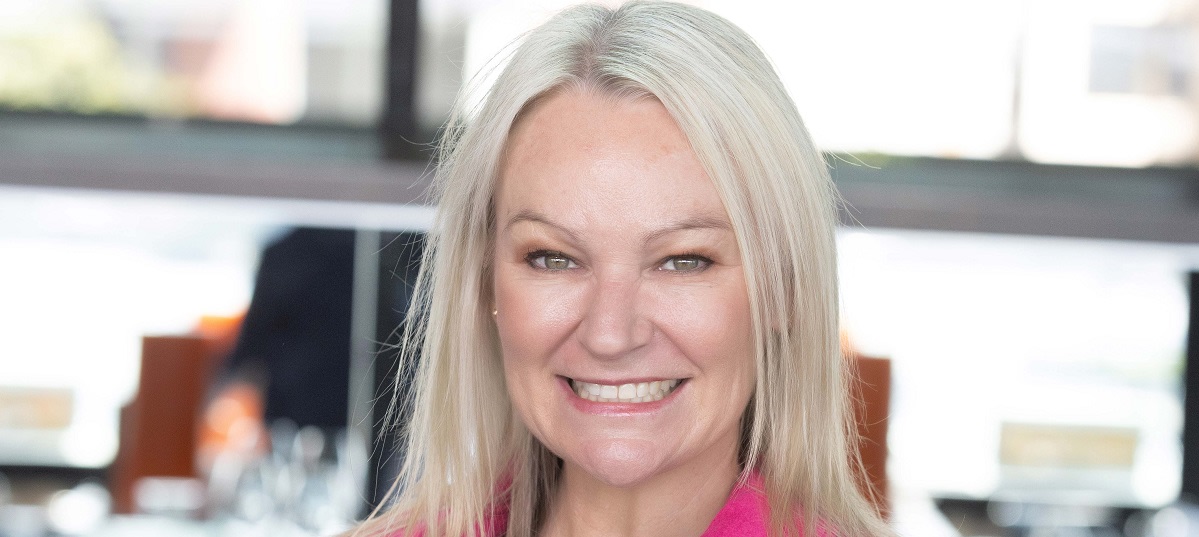
Brokers who embrace non-bank solutions are well-positioned to lead the way, Kimberly Linder, director and finance broker at XCEL Finance, has said.
It goes without saying that the current economic landscape presents many challenges for borrowers. Inflation is driving up the cost of living across households, interest rates have reached their highest point in 11 years, and housing prices are lifting. Furthermore, the bank’s tightening lending criteria have made it increasingly difficult for some borrowers to access the mainstream loan options they once could. This challenge impacts even some of my clients who run very successful small businesses or have dynamic, non-traditional income structures.
In this ever-evolving environment, brokers must continuously educate themselves to provide flexible options for each client’s unique situation.
Thinking outside of the box
Amid the economic challenges, mortgage brokers have emerged as crucial facilitators of innovative solutions. There can be a noticeable contrast between the way banks regard and interact with prospective borrowers and the personal touch we provide to our clients as mortgage brokers. Where banks will generally take a fairly black-and-white approach to assessing individual borrowers, resulting in often transactional decision making, as a mortgage broker, every client represents a real person with dreams, aspirations, and life goals.
Whether we’re assisting them in securing a personal loan, helping them achieve their dream home, or facilitating financing for investments, it’s about their life journey, not just a financial transaction. We take pride in being the bridge that connects them to their goals, offering support and guidance every step of the way.
Often finding the solution can mean thinking differently and challenging the status quo. Non-bank lenders, in particular, stand out for their common-sense approach; their policies are a lot more flexible; and they’re more prepared to look outside the box as opposed to ‘tick a box’, which is really what mainstream banking is.
The non-bank advantage
As our client scenarios are increasingly becoming more complex and diverse, non-banks such as Pepper Money continue to be at the forefront of supporting us with trouble shooting scenarios with speed and confidence. They have greater flexibility and willingness to explore unconventional lending approaches that address the real-life challenges clients are navigating – from serviceability buffers to approval times and, ultimately, securing finance. In contrast to traditional banks, non-banks prioritise tailored solutions over rigid criteria, making them an indispensable part of the lending ecosystem.
Imparting confidence to our clients is invaluable. While we are facilitators, we also have an essential role in educating them about the many factors and considerations that impact the appeal of different loan options. I think it’s also really important to talk about the history of rates and that even though rates have risen, the client’s circumstances and goals can’t be overshadowed.
Non-bank lending isn’t just for clients with a complex credit history or those with alternative documentation, I’ve seen non-banks deliver the right solution for such a diverse range of clients – particularly with investors, which is again my niche market.
Educating my clients about money is my passion because a loan is not just about a rate. You may pay a little bit more of a premium rate with a non-bank, but it means the client can get a head start with their purchase. I would use an example such as, let’s say you pay 1 per cent more to go with a non-bank simply because the major bank would not give you the loan. When growth in property averages between 6.8 per cent and 10 per cent per annum in some pockets of the market, you’re paying an extra 1 per cent to potentially earn 9–10 per cent in return. People need to be educated in that space that rates are not everything.
In this environment, some investors are not only getting the upswing of rates, but they’re also getting the upswing of increased rents given the current national rental shortage. You need to illustrate the holistic perspective, not just the rate.
The point is, non-bank lending options can offer valuable opportunities, even with slightly higher interest rates, where they can enable the borrower to be successful sooner or obtain an approval that is more aligned to their needs.
A commitment to our clients
Understanding the significance of the purchase to the client and demonstrating how the non-bank option can facilitate their home ownership journey are crucial. It’s about educating clients regarding the differences in numbers when compared to the greater goal of purchasing a home.
As the mortgage industry continues to evolve, brokers who embrace non-bank solutions are well-positioned to lead the way. They can offer invaluable support and guidance to clients in their pursuit of home ownership.
In this era of economic complexity, our dedication to finding flexible options and solutions for our clients is a testament to our commitment to their success. We are not just brokers; we are confidantes and advocates, trusted partners on a journey to our clients’ financial prosperity.
Kimberly Linder is a prominent figure in the Australian property market. She has an extensive national property portfolio, is highly regarded as a mentor, and a valuable buyer’s advocate.
She not only excels in property investment but is also a broker who owns XCEL Finance providing pre-qualification services that instil vendor confidence.
Her expertise in property and lending, supported by her dedicated team, ensures efficient and trusted real estate transactions.
